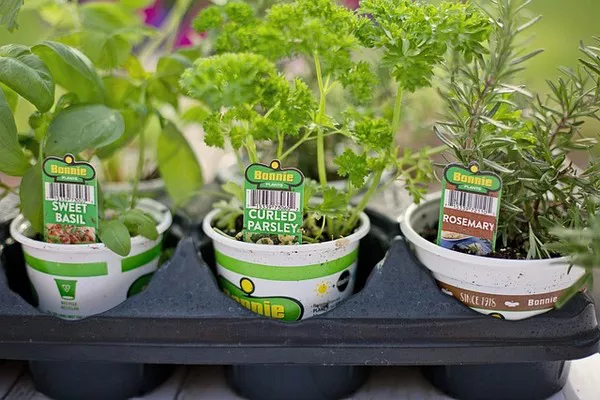Plants, with their serene and seemingly simplistic appearance, hide a complex world of biological intricacies beneath the surface. One intriguing question that often arises in botanical discussions is whether plants possess organs akin to those found in animals. This article delves into the fascinating realm of plant anatomy to explore the concept of organs in plants and unravel the structural wonders that contribute to their growth and survival.
Defining Organs in Plants:
In the animal kingdom, organs are well-defined structures composed of different tissues, each with a specialized function. The human body, for instance, comprises organs such as the heart, lungs, and liver. In the botanical realm, the concept of organs is slightly different but equally crucial to understanding the life processes of plants.
In plants, organs are structural units that perform specific functions necessary for survival and growth. The primary plant organs include roots, stems, leaves, flowers, and fruits. Each of these plant organs plays a distinctive role in the overall life cycle of the plant.
1. Roots:
Roots are the subterranean organs of plants responsible for anchoring them in the soil and absorbing water and nutrients. The root system can be extensive, with the main root, known as the taproot, and numerous lateral roots branching out to explore the soil for essential resources.
2. Stems:
Stems are the above-ground structures that provide support for leaves and reproductive organs while facilitating the transport of water, nutrients, and sugars throughout the plant. Stems come in various forms, such as the woody stems of trees and the herbaceous stems of smaller plants.
3. Leaves:
Leaves are the primary sites for photosynthesis, the process by which plants convert sunlight into energy. These flattened structures are equipped with specialized cells containing chlorophyll, the pigment responsible for capturing sunlight and facilitating the crucial energy conversion process.
4. Flowers:
Flowers are the reproductive organs of flowering plants, playing a pivotal role in the plant life cycle. They contain male and female reproductive parts, including stamens, which produce pollen, and pistils, which house the ovules. The intricate process of pollination and fertilization occurs within the flower, leading to the formation of seeds.
5. Fruits:
Fruits, often developed from the fertilized ovules within the flower, serve as protective structures for seeds and aid in their dispersal. The diversity of fruits in the plant kingdom is staggering, ranging from fleshy berries to dry capsules, each adapted to optimize seed dispersal strategies.
Tissues and Systems:
To understand the concept of plant organs more comprehensively, it is crucial to delve into the tissues that make up these structures. In animals, organs consist of various tissues with specific functions. Similarly, plants are composed of three primary tissues – dermal, vascular, and ground tissues – each contributing to the overall functionality of plant organs.
Dermal Tissue: Dermal tissue covers the outer surface of plant organs, acting as a protective layer. It includes the epidermis, which contains specialized cells like stomata for gas exchange and trichomes for defense against herbivores.
Vascular Tissue: Vascular tissue comprises the xylem and phloem, responsible for the transport of water, nutrients, and sugars throughout the plant. Xylem conducts water and minerals from roots to shoots, while phloem facilitates the movement of sugars produced during photosynthesis.
Ground Tissue: Ground tissue fills the space between dermal and vascular tissues, providing structural support and storage. Parenchyma, collenchyma, and sclerenchyma cells are examples of ground tissue cells with diverse functions, such as photosynthesis, storage, and structural support.
See Also How To Grow Strawberry Plants?
Plant Organs and Adaptations:
Plants have evolved a myriad of adaptations to thrive in diverse environments. The structures of plant organs and their tissues are finely tuned to enable survival in specific ecological niches. For instance, succulent plants in arid regions have modified leaves for water storage, while plants in nutrient-poor soils may develop specialized roots for efficient nutrient absorption.
Conclusion:
In conclusion, plants indeed possess organs, each with a unique set of functions crucial for their survival and reproduction. Understanding the intricacies of plant anatomy, including the diverse organs and tissues, enhances our appreciation for the adaptability and resilience of the plant kingdom. As we continue to explore the wonders of botany, the revelation of the sophisticated structures within plants invites us to marvel at the complexity of the natural world and the silent but profound contributions of our green companions on Earth.


